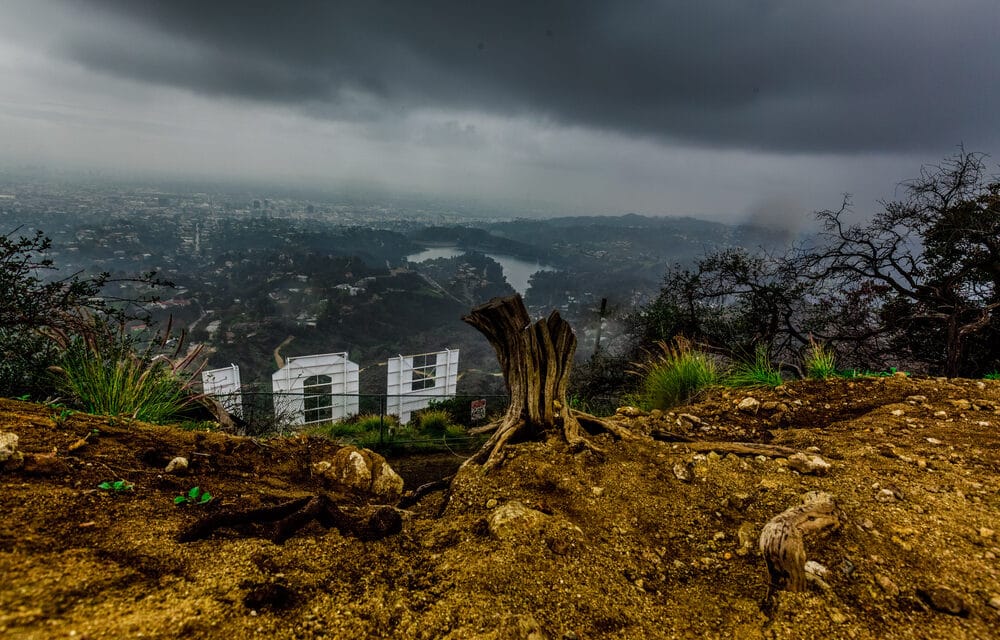Forest pathologist Martin MacKenzie strode forward on a narrow path through California’s mythic bristlecone pine forest in the White Mountains near the Nevada border, methodically scanning gnarled limbs for the invaders that threaten the lives of some of the world’s oldest trees.
According to Yahoo News, These intruders are bark beetles, a menace smaller than a pencil eraser, but they bore by the thousands into the bark and feast on the moist inner core, where trees transport nutrients from roots to crown. Then they carve out egg galleries, where hungry larvae hatch.
A blue stain fungus carried in by the pests delivers the coup de grace — a clogged circulatory system. For thousands of years, bark beetles were held in check or eliminated by the harsh conditions of the stony, storm-battered mountain crests where the grotesque, twisted trees have evolved an arsenal of survival strategies.
Now, scientists say, these living symbols of longevity, strength and perseverance may be at an evolutionary crossroads. Hotter droughts and bark beetles are for the first time in recorded history killing bristlecones, according to a recent study published in the scientific journal Forest Ecology and Management.
Since 2013, thousands of trees that ranged in age from 144 to 1,612 years have been killed on Telescope Peak — the site of Death Valley National Park’s lone population of bristlecones — the study says. Many more have been killed in high-altitude bristlecone forests scattered across southern Utah.
On a recent morning, MacKenzie, 74, wanted to confirm that the culturally significant Ancient Bristlecone Pine Forest, home to Methuselah, a 4,853-year-old specimen some say is the oldest living tree on Earth, remained free of the insects.
“We’re lucky — there’s no sign of the beetles in these trees,” MacKenzie told a companion with a smile. But minutes later, as he made his way along the path, he noticed a telltale color of arboreal stress: red. It had just begun to emerge on the bright green needles of a bristlecone crouched on a steep slope in the distance. His face fell. “I have to go check it out.”
Great Basin bristlecone pine trees are magical for foresters like MacKenzie. In tough times, they die off almost entirely, leaving a few strips of bark that can continue growing for thousands of years — sideways along the ground or diagonally skyward. They hold needles for up to 40 years and drown hungry insects in resin.
They are survivors of bristlecone pine forests pushed upslope more than 11,000 years ago by rising temperatures that triggered major shifts in plant and animal distribution and created California’s deserts.

















